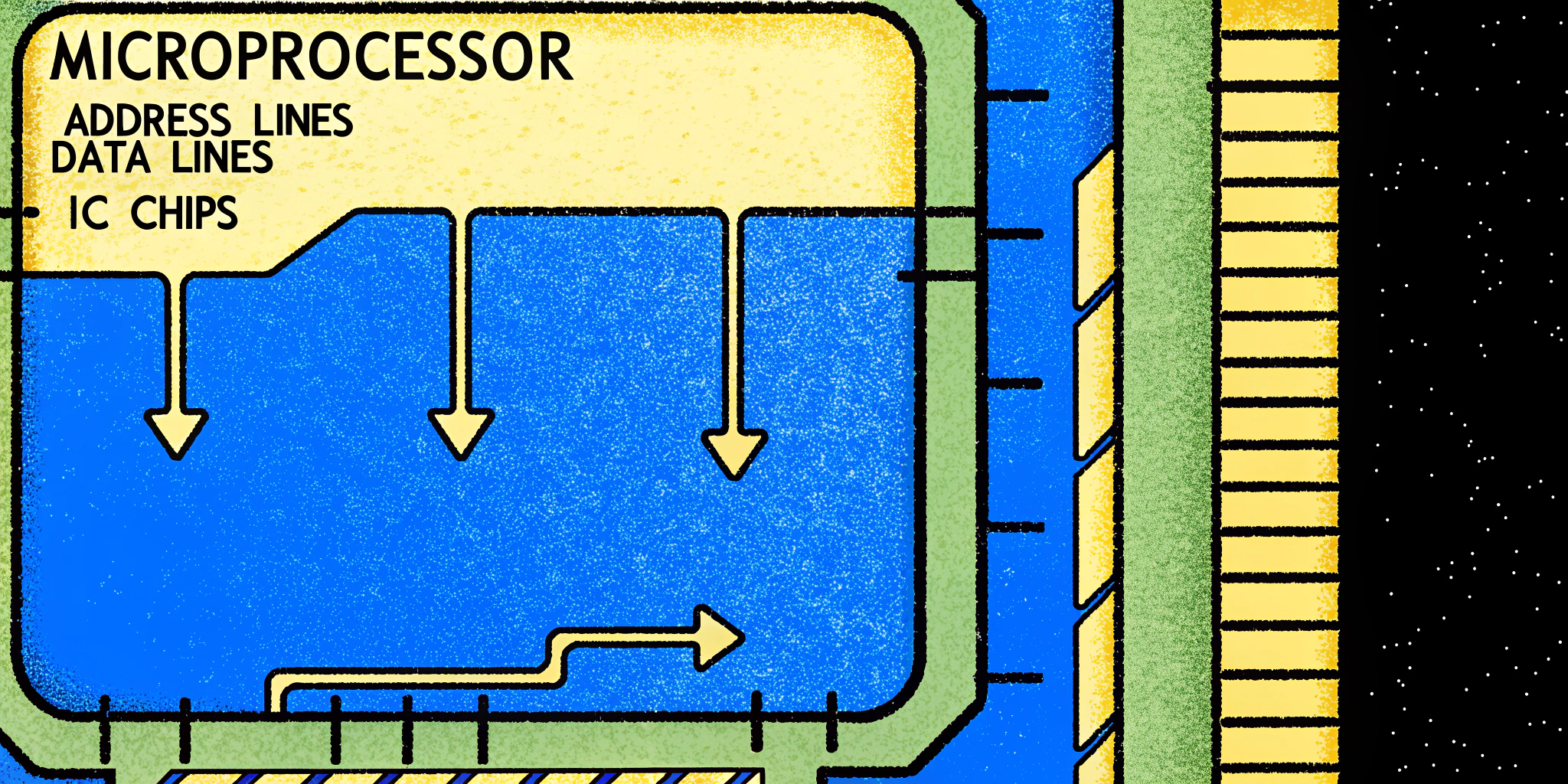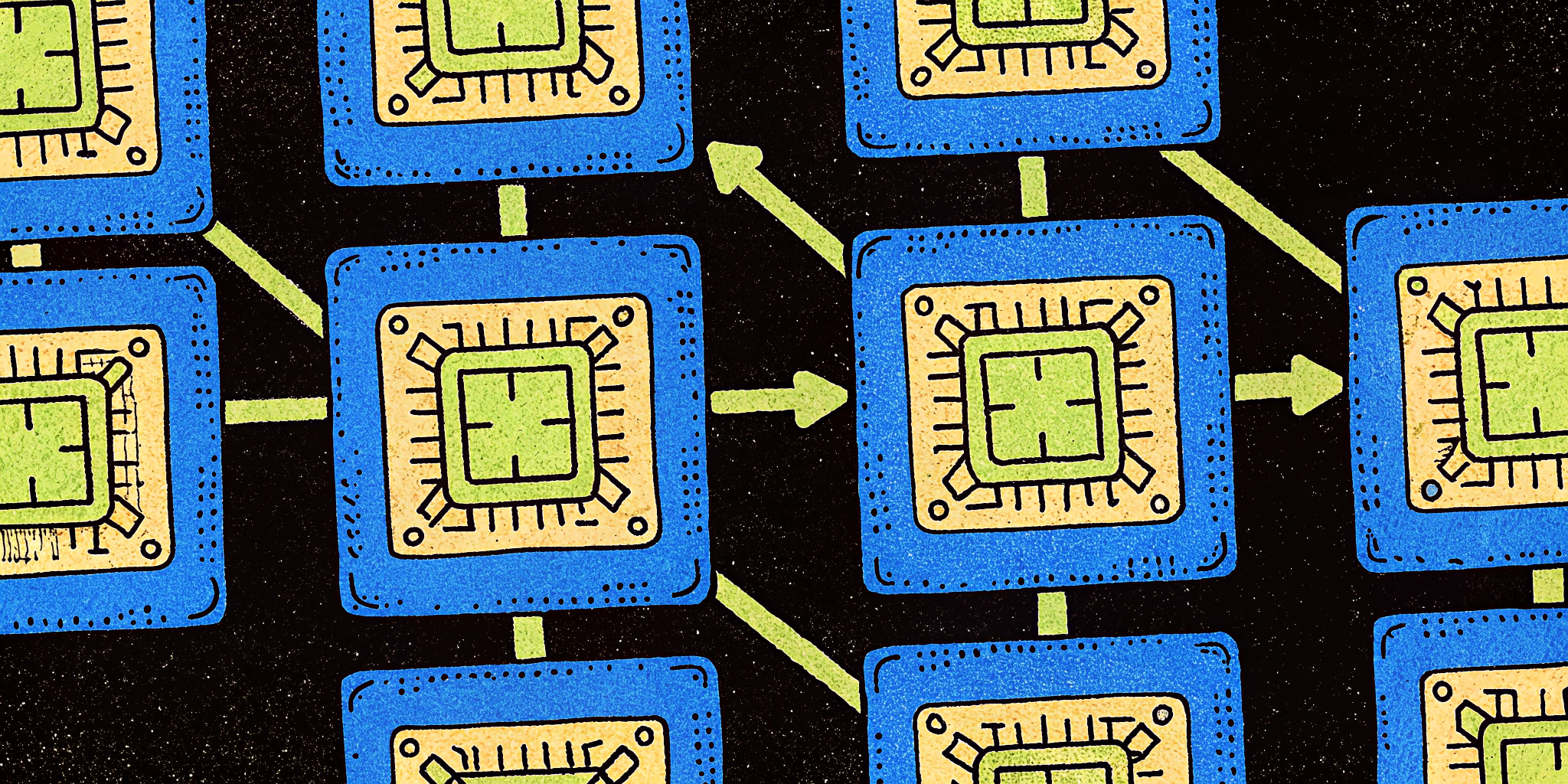Hi, I’m James Carter, a software engineer with over 8 years of experience in systems design and computer architecture. Whether you’re a fresh graduate or a seasoned professional, acing a computer architecture interview can be challenging. There’s a lot to cover, and understanding the core components is just the beginning. I’ve compiled this comprehensive guide to help you prepare for your next interview with confidence. Let’s dive into 21 must-know computer architecture questions and explore the answers together.
Table of Contents
- What Is Computer Architecture?
- How Is Computer Architecture Characterized?
- What Are the Steps for Designing a Computer?
- What Are Instruction Fields?
- What Are the Basic Components of a Microprocessor?
- Types of Interrupts in a Microprocessor System
- What Are Common Components of a Microprocessor?
- What Is Snooping Cache?
- How to Determine Cache Storage Locations?
- How to Convert Octal Code to Binary Code?
- What Is Virtual Memory?
- What Is the Use of RAID Systems?
- What Memory Can Be Erased Using Electric Discharge?
- What Is Horizontal Microcode?
- What Is Direct Mapping in Cache Memory?
- What Are the Types of Micro-Operations?
- What Does DMA Stand For?
- Efficient Connections for Large Register Sets
- How to Transfer Data Between Internal Bus and Memory?
- What Is a Wait State?
- How to Handle Wait States?
1. What Is Computer Architecture?
Opening Paragraph
Computer architecture is a critical concept for anyone in software or hardware engineering. It describes the set of rules and methods that outline the functionality, organization, and implementation of computer systems.
Snippet Paragraph
In simpler terms, it’s like the blueprint of a computer system, defining how hardware and software interact.
Dive Deeper
For example, when you run a program on your laptop, computer architecture determines how your CPU, memory, and other components work together to execute the program efficiently.
2. How Is Computer Architecture Characterized?
Computer architecture is broken down into three main categories:
| Category | Description |
|---|---|
| System Design | Includes hardware components like GPUs, memory interfaces, and data processors (excluding CPU). |
| Instruction Set Architecture (ISA) | Embedded programming language of the CPU that defines its capabilities. |
| Micro-Architecture | Specifies how ISA operations are implemented using circuits and data paths. |
3. What Are the Steps for Designing a Computer?
To design a CPU architecture, follow these steps:
- Define the registers and their functions.
- Outline the sequence of micro-operations for data manipulation.
- Establish control signals to initiate and manage these sequences.
This method provides a systematic way to ensure that the processor can handle complex operations effectively.
4. What Are Instruction Fields?
Instruction fields are parts of a machine instruction, and they determine how the instruction operates. Here’s a breakdown:
| Field Type | Function |
|---|---|
| Opcode Field | Specifies the operation to be performed. |
| Address Field | Identifies memory or register locations involved in the operation. |
| Mode Field | Indicates how the operand is accessed or how the address is calculated. |
5. What Are the Basic Components of a Microprocessor?
A microprocessor relies on three main components:
- Address Lines: Used to reference memory blocks.
- Data Lines: Facilitates data transfer.
- IC Chips: Processes the data.
6. Types of Interrupts in a Microprocessor System
Interrupts are signals that temporarily halt the current operations of a CPU to attend to critical tasks. They are categorized as:
- External Interrupts: Triggered by external devices like keyboards or I/O hardware.
- Internal Interrupts: Caused by program exceptions (e.g., division by zero).
- Software Interrupts: Generated during instruction execution to switch from user mode to supervisor mode.
7. What Are Common Components of a Microprocessor?
A microprocessor typically includes:
- Input/Output (I/O) Units
- Arithmetic Logic Unit (ALU)
- Control Unit
These components ensure the smooth execution of instructions.
8. What Is Snooping Cache?
Snooping cache refers to the process where individual caches monitor memory access lines to stay updated on changes. This is critical in multi-core systems to maintain data consistency.
9. How to Determine Cache Storage Locations?
The simplest method is Direct Mapping, where each memory block maps to a specific cache line. However, this approach may lead to conflicts, so associative mapping is used in advanced systems.
10. How to Convert Octal Code to Binary Code?
Use Multiplexers, also known as data selectors, to automate this conversion. They dynamically map octal inputs to their binary equivalents.
11. What Is Virtual Memory?
Virtual memory allows programs to use more memory than physically available by swapping inactive data to disk storage. A Mapping Table handles address translation, making this process seamless.
12. What Is the Use of RAID Systems?
RAID (Redundant Array of Independent Disks) enhances disk storage capacity and fault tolerance. For instance, RAID 5 offers a balance of performance, storage efficiency, and redundancy.
13. What Memory Can Be Erased Using Electric Discharge?
EEPROM (Electrically Erasable Programmable Read-Only Memory) is a type of memory that can be erased via electric discharge. It’s commonly used in firmware updates.
14. What Is Horizontal Microcode?
Horizontal microcode contains control signals in a detailed, non-intermediary form. While it offers fine-grained control, it requires more storage due to its extensive signal set.
15. What Is Direct Mapping in Cache Memory?
Direct mapping assigns each block of main memory to a specific cache line. The tag field in the cache is used to identify which block is stored.
16. What Are the Types of Micro-Operations?
| Type | Example Use Case |
|---|---|
| Register Transfers | Moving data between CPU registers. |
| Shift Operations | Bitwise shifts for encryption algorithms. |
| Logic Operations | AND, OR, XOR for decision-making processes. |
| Arithmetic Operations | Addition/subtraction for calculations. |
17. What Does DMA Stand For?
DMA stands for Direct Memory Access. It allows peripherals to transfer data to memory without CPU intervention, freeing up CPU resources for other tasks.
18. Efficient Connections for Large Register Sets
When dealing with many registers, the most efficient way to connect them is through an Arithmetic Logic Unit (ALU). The ALU acts as the central hub for data manipulation.
19. How to Transfer Data Between Internal Bus and Memory?
The Address Register (AR) selects the memory address, while the Data Register (DR) facilitates data transfer. This dual-register approach bridges the memory and internal bus.
20. What Is a Wait State?
A wait state occurs when the CPU is ready for input, but no data is available. This prevents wasted CPU cycles by pausing operations.
21. How to Handle Wait States?
You can tackle wait states in two ways:
- Increase the CPU clock period.
- Use a Ready Control Input to let memory dictate its cycle time.
Conclusion: Nail Your Computer Architecture Interview!
Mastering computer architecture concepts is essential to ace technical interviews. From understanding microprocessor components to learning cache mechanisms, each topic builds your expertise. Want to practice in a realistic setting? I highly recommend using Ninjafy AI, an AI interview copilot that provides real-time feedback tailored to your experience. With tools like NinjaCopilot™ and InvisibleEyetrack™, you can prepare confidently and undetectably for any interview.



